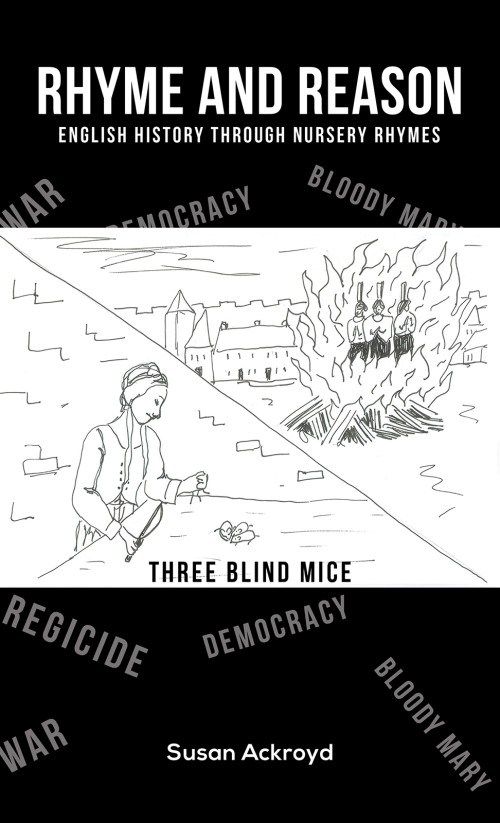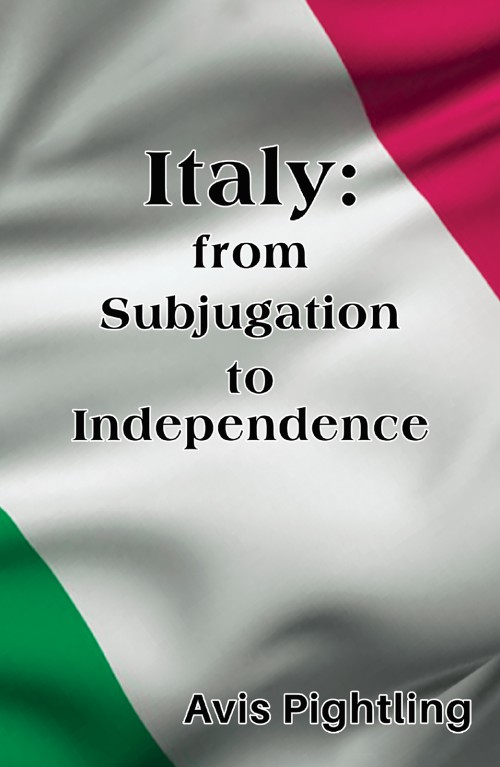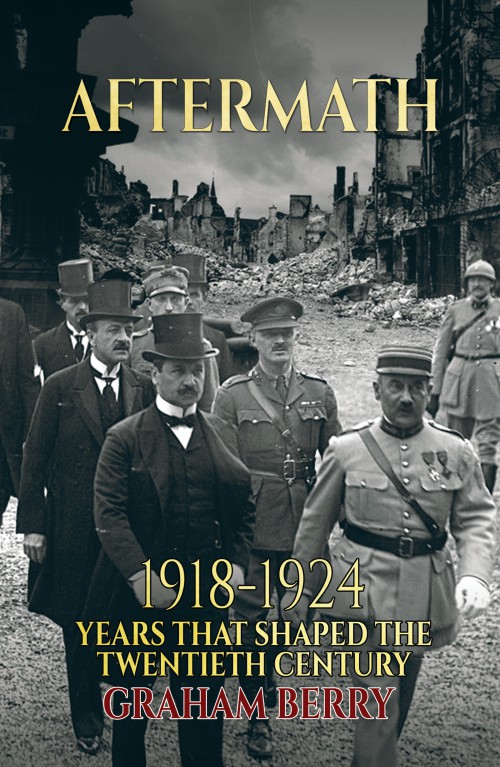Why was a baby in a treetop? Who was Georgie Porgie, the little boy blue, Mary Mary? Little Jack Horner’s family continued to enjoy the plum property he took from those intended for Henry VIII, until the 20th century.
The 20 rhymes in this book show how parliament and king battled over taxation, the authority of kings, religion. Humpty played a part in the English Civil War.
Gain an understanding of history from medieval times through to the 1700s through these rhymes and their stories.
Understand how a nursery rhyme we recite today started life as a political comment and was passed down through the years until now we have forgotten the politics.
Parents, grandparents, and teachers will find the origin of these rhymes fascinating.












